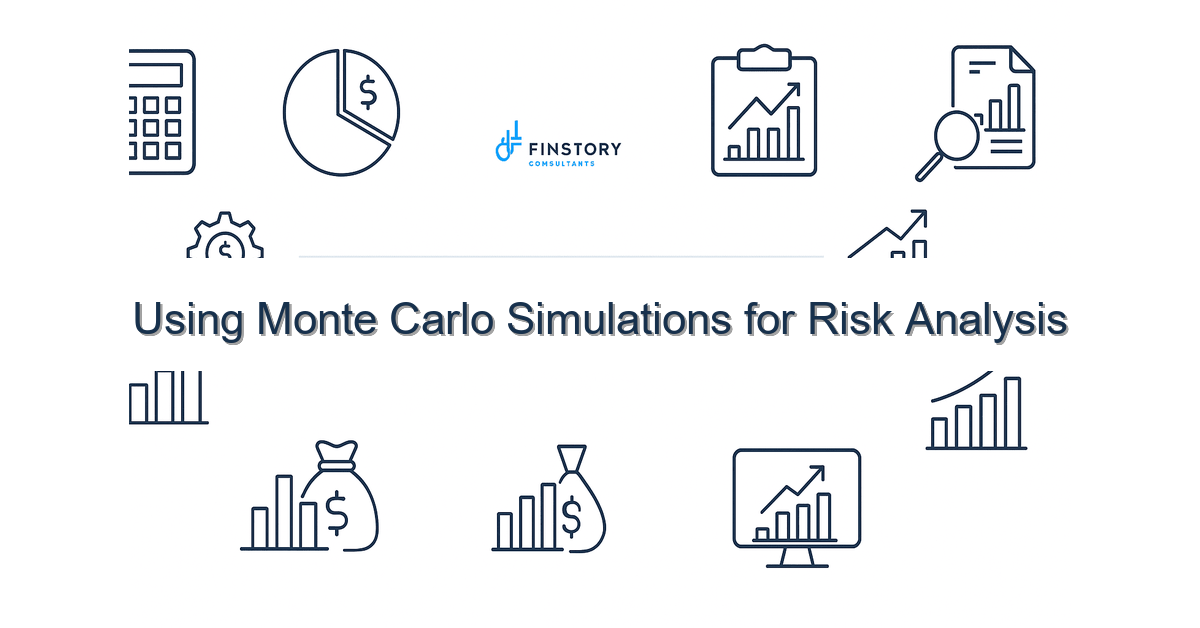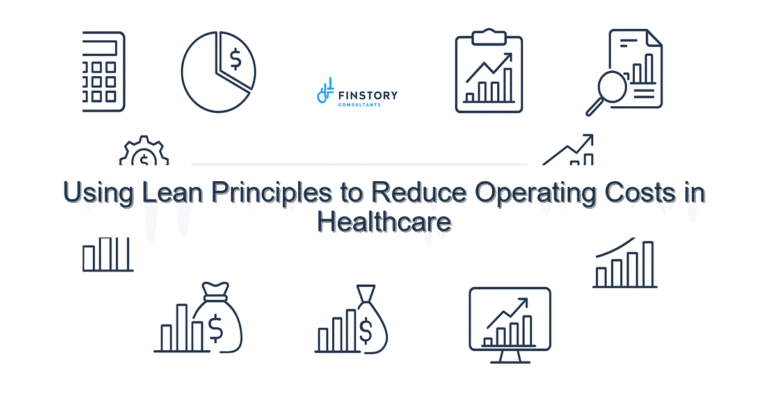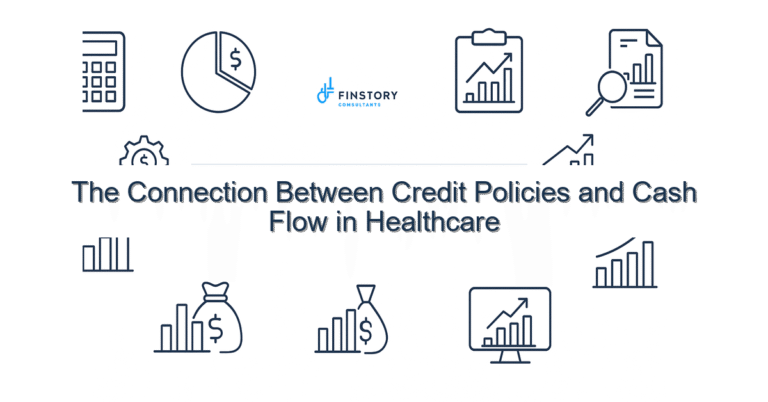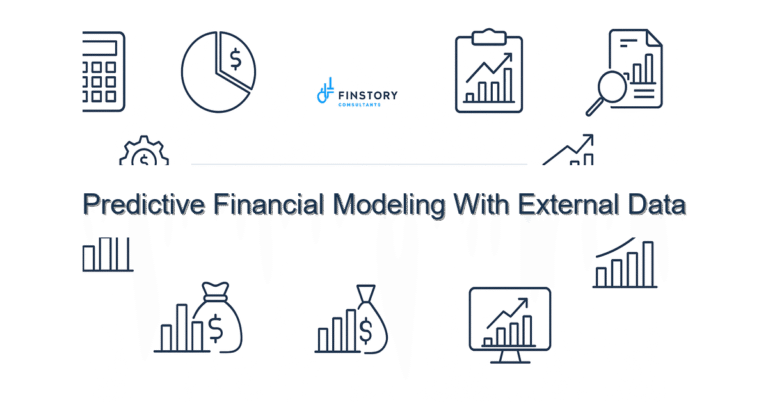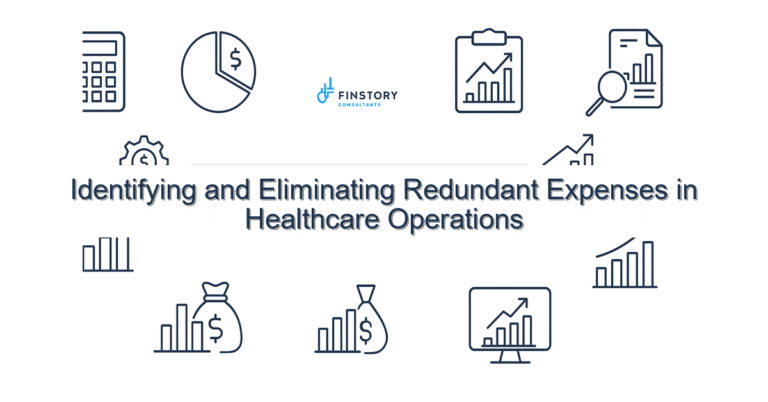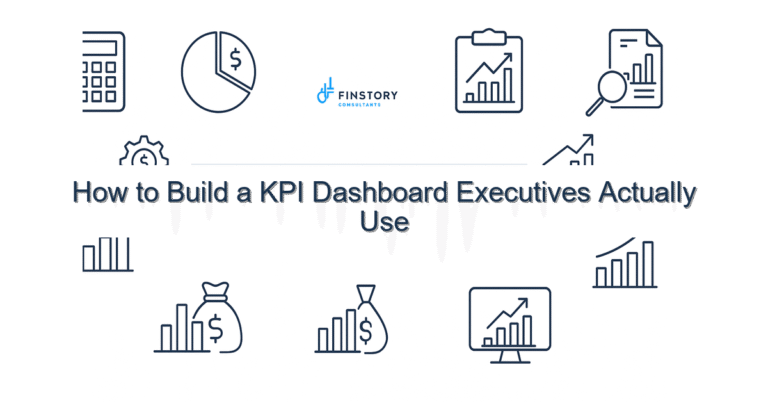Using Monte Carlo Simulations for Risk Analysis
You’re juggling budgets, uncertain patient volumes, and the pressure to make decisions that don’t just look good on paper — they actually hold up when reality shifts. You need a way to see not just a single forecast, but a range of plausible futures so you can act with confidence.
Summary: Use Monte Carlo simulations for risk analysis to turn uncertain inputs (volume, reimbursement, length-of-stay) into a probability-based view of outcomes. That clarity helps CFOs and operations leaders prioritize actions, set reserves, and communicate risk to boards with numbers, not guesses.
What’s the real problem? (Monte Carlo simulations for risk analysis)
Healthcare finance teams face many moving parts: reimbursement changes, seasonal volume swings, staffing constraints, and capital requests. Traditional point forecasts hide the spread of possible outcomes. That leaves leaders either overconfident or paralyzed.
- Symptom: Actual results frequently fall outside the “best case / worst case” story you present.
- Symptom: Budget contingency feels arbitrary—either too little cushion or too much tied up.
- Symptom: You’re making major operational choices (hiring, supply contracts, expansion) without quantified probabilities.
- Symptom: The board asks “what’s the chance we miss target?” and you answer with gut, not math.
What leaders get wrong
Most leaders don’t mean to mislead. They rely on averages and single-point forecasts because they’re fast and familiar. But averages erase variance — and in healthcare, variance is the story.
Common pitfalls:
- Assuming best estimates are the only estimates. Reality is a distribution.
- Using too few scenarios (three-way scenarios feel thorough but often aren’t).
- Ignoring correlation between inputs (e.g., patient volume and revenue per case move together).
- Under-investing in tools and data pipelines to run repeatable simulations.
A better approach (Monte Carlo simulation risk analysis in healthcare operations)
Monte Carlo simulations let you model uncertainty by running thousands of randomized draws from input distributions. Each run produces a possible outcome. Together they form a probability distribution you can act on.
3–5 step framework:
- 1) Define key uncertain inputs: volumes, payer mix, reimbursement rates, length-of-stay, supply costs.
- 2) Assign realistic distributions for each input (normal, lognormal, triangular) based on history and expert judgment.
- 3) Model correlations between inputs (for example, higher volume often reduces per-unit cost).
- 4) Run 5,000–50,000 simulations and review percentiles (P10, P50, P90) rather than a single number.
- 5) Convert outcomes into decisions: reserve sizing, hedging strategies, staffing flex plans.
Real-world note: A 300-bed community hospital used Monte Carlo simulation during a reimbursement change. By modeling a 90-day window with 10,000 runs, finance showed a 22% chance of a negative operating margin under current staffing. The board approved a targeted hiring freeze and a temporary supply contract that reduced downside exposure from 22% to 6%—a tangible win backed by numbers.
Quick implementation checklist
- Identify 5–8 primary drivers of financial outcomes this quarter.
- Collect 2–3 years of historical data for each driver.
- Choose a distribution type for each driver and justify the choice.
- Estimate correlations using rolling correlations or subject-matter input.
- Pick a simulation engine (Excel with add-in, Python, or commercial FP&A tool).
- Run a small pilot: 5,000 simulations focused on next quarter’s operating margin.
- Share results visually: probability curves, tornado charts for driver sensitivity.
- Define action triggers tied to percentiles (e.g., if P10 cash balance < X, trigger contingency plan).
- Document assumptions and version them; treat simulations as repeatable reports.
What success looks like
Measure outcomes, not just outputs. Success should be tangible:
- Forecast accuracy improves: reduce forecast error (MAPE) by 10–25% in volatile line items.
- Decision speed: cut budgeting cycle time by 20% through scenario automation.
- Board confidence: present probabilities (P50, P90) and reduce ad hoc reserve requests by 30%.
- Operational ROI: reduce downside exposure (probability of loss beyond threshold) from, say, 20% to 5%.
- Cost-to-implement vs benefit: breakeven on simulation tools and training within 6–12 months.
Risks & how to manage them
- Risk: Garbage in, garbage out — poor input assumptions give false comfort.
Mitigation: Use mixed inputs (historical data + clinician ops input) and document assumptions. - Risk: Overcomplex models become black boxes to stakeholders.
Mitigation: Keep the model modular, show sensitivity charts, and train the leadership team on interpretation. - Risk: Paralysis by analysis — running every possible model variation slows decisions.
Mitigation: Start with focused pilots on the highest-impact decisions and iterate.
Tools & data
You don’t need to reinvent the stack. Use finance automation and your existing BI tools to scale simulations.
- Data pipeline: Pull historical volumes, payer mix, and costs from your ERP/EDW into a clean staging layer.
- Modeling tools: Excel with Monte Carlo add-ins (e.g., @RISK), Python (NumPy/Pandas), or built-in simulation in modern FP&A suites.
- Visualization: Use Power BI or Tableau to show probability distributions, percentile bands, and driver sensitivity.
- Leadership reporting: Embed Monte Carlo outputs in monthly leadership reports and board packs so probabilities guide decisions.
FAQs
Q: How many simulations do we need?
A: Start with 5,000 to 10,000 runs. That typically stabilizes percentile estimates. For production models, 10,000–50,000 is common.
Q: Which inputs need distributions and which can be fixed?
A: Focus distributions on high-impact, high-variance drivers: volume, payer mix, reimbursement, and key supply costs. Keep predictable items fixed.
Q: How do we explain Monte Carlo results to a non-technical board?
A: Use plain language: “There’s a 15% chance we’ll miss our target by more than $X.” Show a simple probability curve and three recommended actions tied to percentiles.
Q: Can Monte Carlo simulations replace scenario planning?
A: No — they complement scenario planning. Use Monte Carlo to quantify probability and scenario planning to stress-test specific strategic choices.
Next steps
If you want to move from guesswork to probability-based decisions, start with a focused Monte Carlo simulation pilot on a single high-impact area (operating margin, cash forecast, or capital project). Use the checklist above this week: pick one driver, pull data, and run a 5,000-sim pilot.
Ready to use Monte Carlo simulations for risk analysis across your finance and operations function? Contact Finstory. We’ll help you pick drivers, build the model, and translate results into clear operational triggers and leadership reports.
Work with Finstory. If you want this done right—tailored to your operations—we’ll map the process, stand up the dashboards, and train your team. Let’s talk about your goals.
Related reading: How to forecast healthcare revenue, FP&A services, and Using Power BI for finance reporting.
📞 Ready to take the next step?
Book a 20-min call with our experts and see how we can help your team move faster.
Prefer email or phone? Write to info@finstory.net
or call +91 44-45811170.
